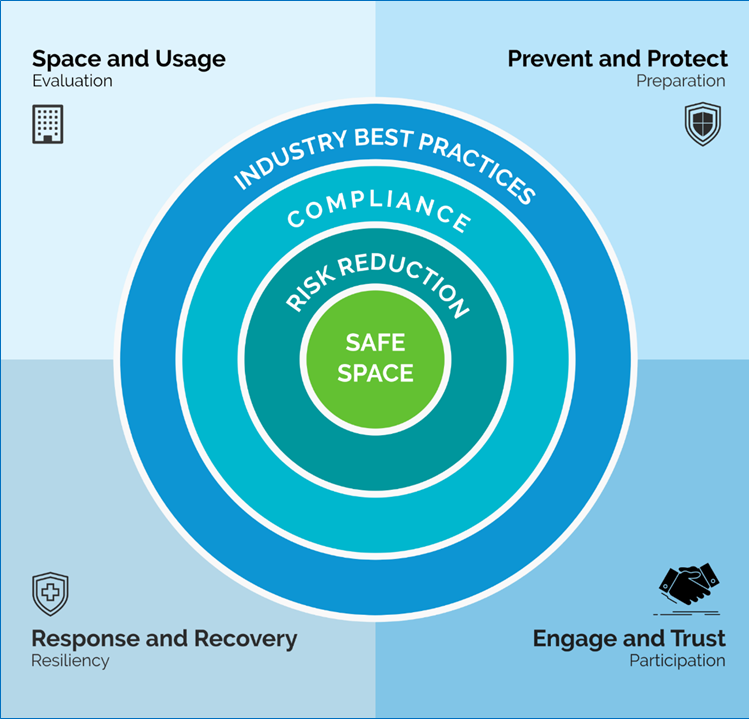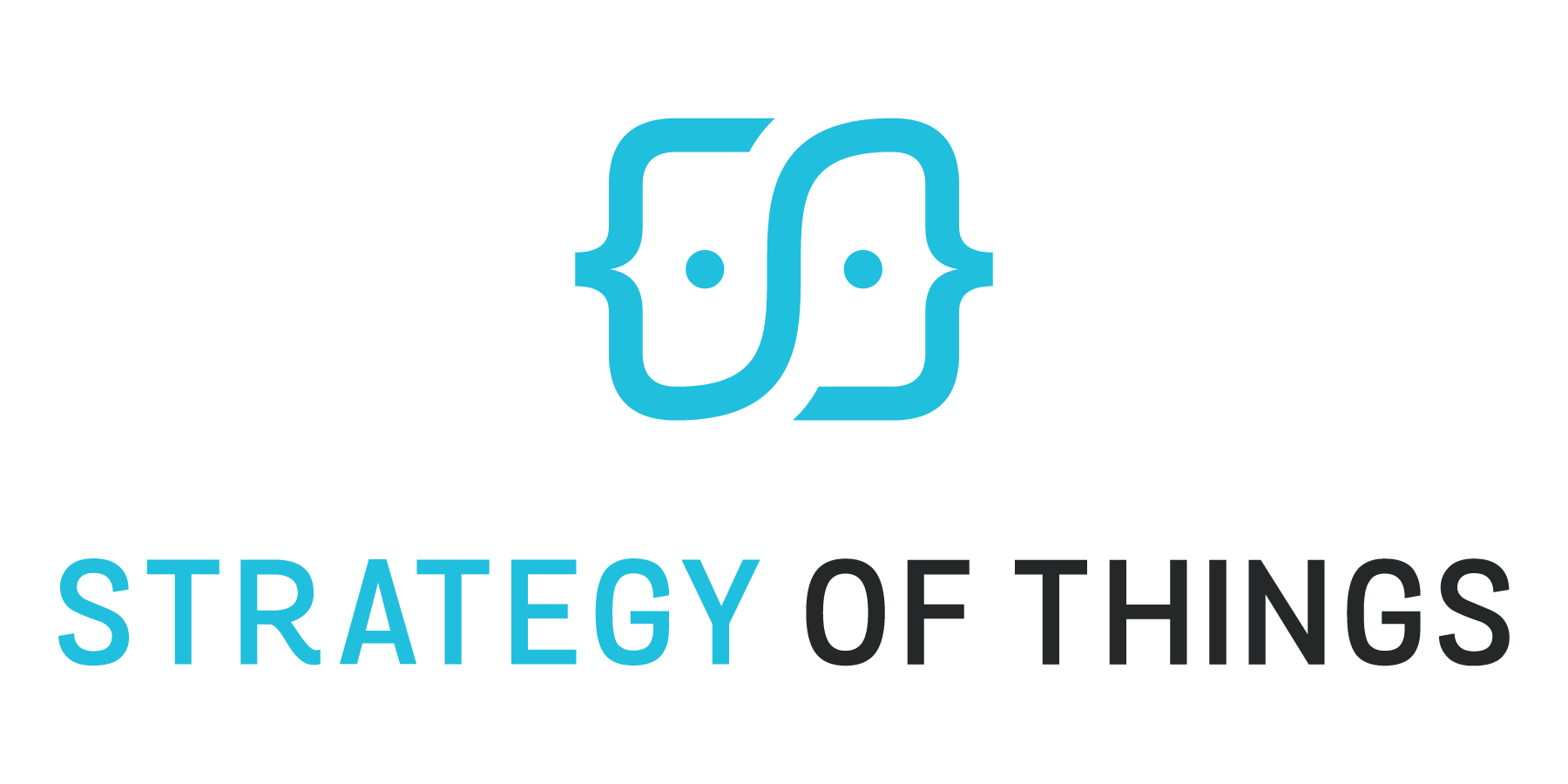are you “return to work” ready?

Whoever you are, you have felt the impact of the COVID-19 Pandemic in one way or another. Our current crisis has put placed workers, business owners, and innovators in a state of limbo while governments and officials scramble to implement and maintain orders for social distancing and reopening. While many remain in shelter in place, others preparing to return to work face a new set of obstacles. For us to safely navigate return to work in a post pandemic “new normal” we must prioritize safe spaces as well as the essential role that digitization and the internet of things play in ensuring their successes. This learning module beings by defining the three major stages of safe space adoption. It then explores the implications of a safe space and how digitization can play a catalytic role in its success.
What is a Safe Space?
A safe space provides peace of mind to employees, visitors and employers. It is a physical space that enables people to come together to work, collaborate, learn, and socialize in a way that minimizes their health risk.
Our Journey towards a “New Normal”

A safe transition to the “New Normal” will be gradual, but with proper understanding of what steps to take, we can make our places of work, education, and leisure safer and more resilient than before. The three major stages of our journey towards the “New Normal” are to stabilize, replan, and reopen.
1. The transition begins with stabilizing existing operations. Businesses may face difficult repriotizations of operations such as relocation or remote work. Meanwhile, government compliance can improve the odds for businesses weathering out the storm.
2. While some of the stabilizing initiatives may be temporary, how well we replan our strategies will decide how resilient our businesses will be. Updating health priorities, modernizing digital infrastructures, and restoring trust are key elements of a successful replan strategy.
3. Finally, reopen with proactive and resilient safe spaces.
How Do I Design a Post COVID-19 Workplace?
Balancing the four quadrants of a safe space as well as identifying how individual safe spaces can play into broader categories of health and safety gives us a clearer path towards recovery.
How you can tell if a safe space is safe:
1. Space and Usage: Evaluate our physical spaces. Does our building have proper ventilation? Does it follow proper codes and guidelines? What is its maximum occupancy?
2. Prevent and Protect: Prepare ourselves for by following policy, practices, technology, and infrastructure. Are we up to date practices for social interaction, cleaning, scans, etc?
3. Response and Recovery: Ensure that our business is resilient. Have we made case specific contingency plans?
4. Engage and Trust: Participate in transparent communication between leadership, organizations, and employees. Do our employees feel safe? Do we have ways to report cases? Can we trace contacts?

How Can Technology Help Me Return to Work?
The path to recovery for each businesses is unique, but digitization is a common denominator. From building interconnectivity between IT and OT, preparing infrastructure for the Internet of Things, or developing new operationalization solutions digital solutions play a key role in enabling the resilience and preparedness in safe spaces.
How Can I Accelerate My Reopening Process?
These are extraordinary times, and we’re all in this together. We try to stay up to date with share what is happening with COVID-19 responses and mitigation efforts. Whatever your challenge with safe spaces is, Strategy of Things offers assessments, advisory services, and operationalization solutions to help get your business up and running again.
If you have questions about the content, like to share information, exchange knowledge and best practices or collaborate on future projects, follow the link below. We look forward to hearing from you.





